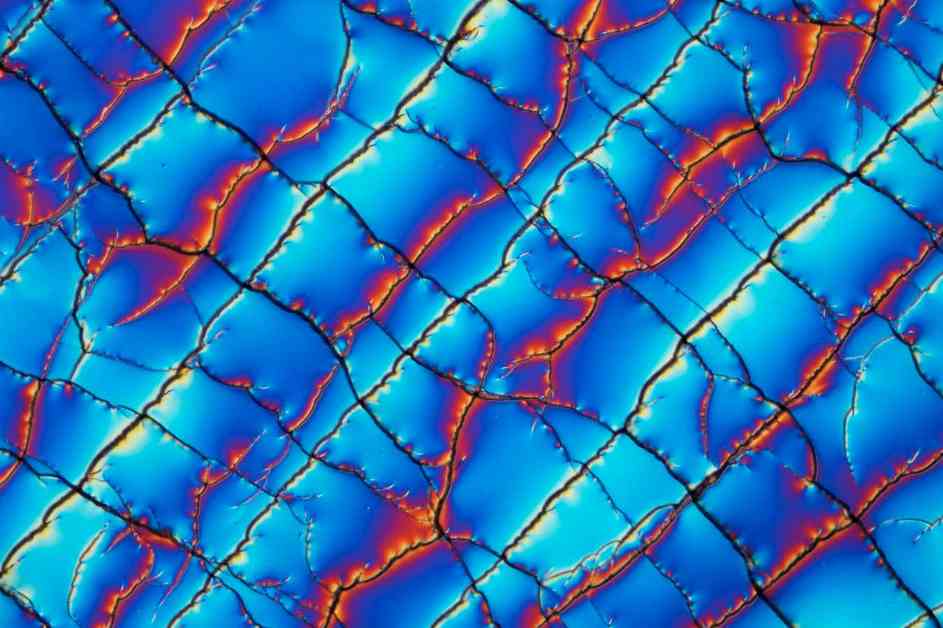Researchers at the Max Planck Institute for Intelligent Systems in Germany have developed a fascinating new technology that combines hydrogel with magnetic ferrofluid to create small jellyfish-shaped robots that can be controlled by light. These miniature innovations have the potential to navigate through obstacle courses underwater, opening up possibilities for various applications.
Ferrofluid droplets are essentially magnetic nanoparticles suspended in oil, allowing them to move across surfaces or change shape when manipulated by magnets. By immersing these droplets in water and exposing them to light, researchers have found a way to make them defy gravity. When the ferrofluids absorb light, they heat up and tiny bubbles within them expand, making the droplets lighter and enabling them to float upwards in water.
The team of researchers conducted experiments with soft robots consisting of a ferrofluid droplet enclosed in a hydrogel shell in the shape of a jellyfish. They were able to direct these robots through an obstacle course submerged in a water tank, showcasing their ability to move up and over platforms at different heights. By using a laser to heat up the robots, they were able to make them move upwards in succession, demonstrating the control mechanism through light.
This innovative technology could have significant implications in various fields, such as drug delivery within the human body or fluid manipulation in lab-on-a-chip devices. The ability to control a swarm of these droplets simultaneously opens up possibilities for future applications that require precise and coordinated movement.
While the potential of these miniature jellyfish robots is promising, there are still several challenges that need to be addressed before they can be used in medical applications. Safety concerns, such as the ingestion of ferrofluids, need to be carefully examined to ensure the viability of these robots for internal use. Researchers are exploring alternatives to laser or sunlight control, such as using optical fibers, to direct the robots within the body.
Overall, this groundbreaking technology opens up a world of possibilities for soft robotics and controlled movement through light. As researchers continue to explore the capabilities and limitations of these miniature innovations, the future looks bright for the integration of ferrofluid jellyfish robots in various applications that require precise and controlled movement.

